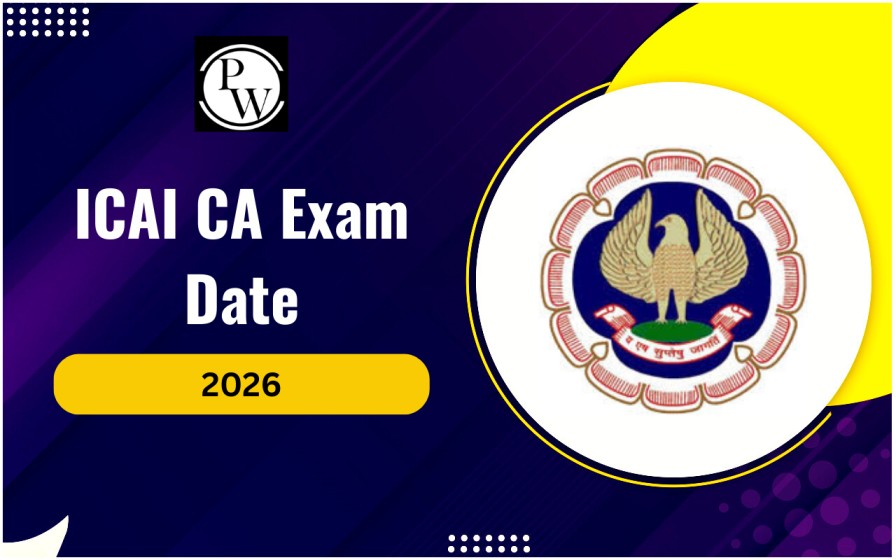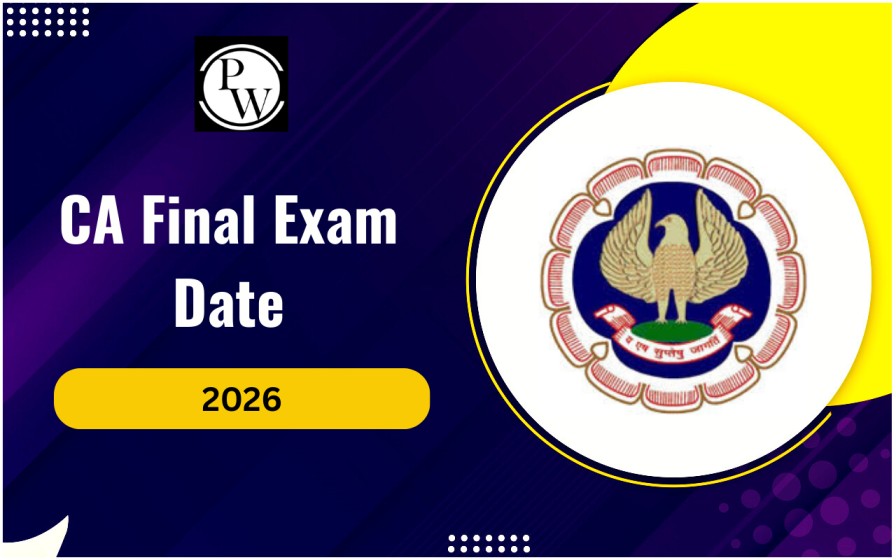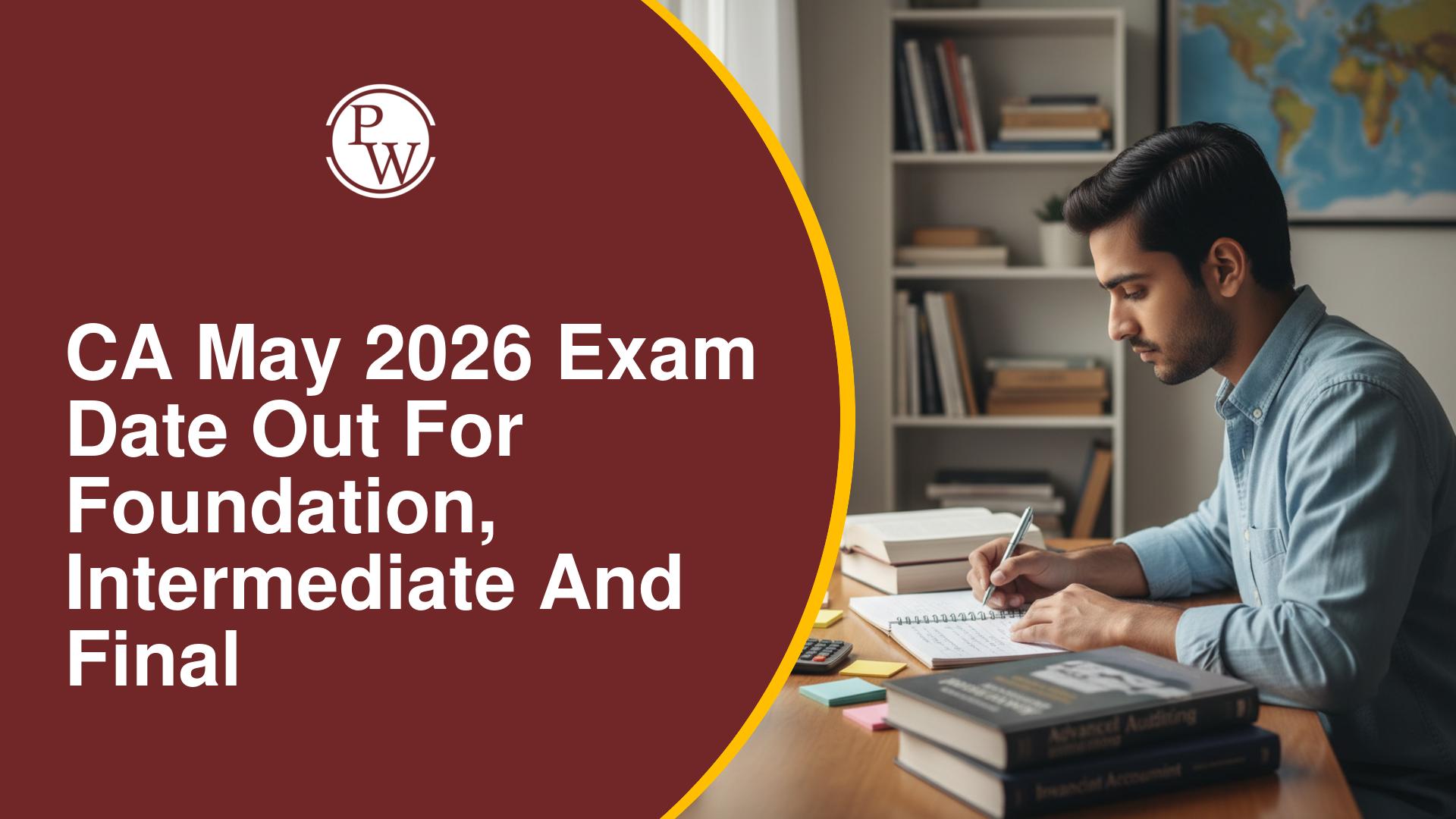
Quantitative Aptitude is a core part of the CA Foundation syllabus, requiring students to understand various statistical and mathematical concepts. Among these, Quantitative Aptitude Theoretical Distribution is essential, encompassing the probability distribution methods needed to analyze data and predict outcomes.
This topic is crucial for aspiring Chartered Accountants to understand, as it forms the foundation for more complex financial and statistical analysis. This article will explore theoretical distributions, their types, applications, and the importance of understanding these concepts for your CA Foundation exam .What is Quantitative Aptitude Theoretical Distribution?
In statistics, Quantitative Aptitude Theoretical Distribution refers to distributions obtained by mathematical reasoning rather than real-world data. Theoretical distributions are built on assumptions and mathematical formulas, and they play a significant role in predicting future events based on given data. Unlike empirical distributions, which are derived from observed data, theoretical distributions help us analyze events based on predefined mathematical models, which is crucial for CA students in understanding probability, risk assessment, and data interpretation.Types of Theoretical Distributions
In Quantitative Aptitude Theoretical Distribution, understanding the different types of theoretical distributions is essential, as they help in predicting outcomes and analyzing various statistical scenarios. These distributions can be categorized into two main types: discrete and continuous distributions. Let's explore each in detail.1. Discrete Distributions
Quantitative Aptitude Theoretical Distribution often begins with understanding discrete distributions, which are probability distributions that deal with distinct or separate values. These are ideal for scenarios where the outcomes are limited to specific, individual results. Some of the most common types of discrete distributions include:Binomial Distribution: This distribution describes scenarios with two possible outcomes, such as success or failure. In CA Foundation exams, understanding the binomial distribution is vital for solving problems involving repeated trials, where each trial has an independent and identical probability of success.
Poisson Distribution: Poisson distribution is a discrete distribution used to predict the number of times an event will occur within a specified interval, given the event's average frequency. This is valuable in situations such as forecasting sales calls or insurance claims over time.
2. Continuous Distributions
Continuous distributions differ from discrete distributions as they can take on any value within a specific range. In Quantitative Aptitude Theoretical Distribution, continuous distributions help us model variables that are not restricted to exact numbers but can vary smoothly over a range. Key examples include:Normal Distribution: This distribution is known for its bell curve shape, where the mean, median, and mode are identical, centered on the curve. It's essential for CA students to grasp the normal distribution as it forms the basis for various financial and statistical models, illustrating data's tendency to cluster around a central point.
Exponential Distribution: The exponential distribution measures the time between events in a continuous sequence and is commonly used in reliability analysis. For example, it can estimate the time until a product failure occurs or the time between customer arrivals.
Also Check: Organizations Facilitating Business
Importance of Theoretical Distribution in Quantitative Aptitude
Understanding Quantitative Aptitude Theoretical Distribution is essential for CA Foundation students. Theoretical distributions provide a framework for predicting outcomes and making informed decisions based on statistical data. This knowledge aids in financial planning, risk assessment, and business analysis, critical areas for any aspiring Chartered Accountant. By mastering these concepts, CA students can enhance their analytical skills and apply these statistical principles to real-world situations they may encounter in their professional lives.Practical Applications of Theoretical Distributions
Theoretical distributions play a crucial role in real-world scenarios, especially for CA students who need to apply these statistical principles to practical business and financial situations. The following are some key applications where Quantitative Aptitude Theoretical Distribution proves invaluable:1. Business Forecasting
Using Quantitative Aptitude Theoretical Distribution, CA students can make projections for business activities. For instance, by applying Poisson or normal distributions, they can estimate demand patterns, optimize inventory management, or predict customer behavior, all of which are vital for sound financial decision-making.2. Risk Management
Theoretical distributions help CA students assess risks associated with financial investments or business operations. By understanding binomial and exponential distributions, they can evaluate the likelihood of adverse events, such as default on loans or equipment failures, enabling businesses to mitigate risks proactively.3. Financial Analysis
The knowledge of theoretical distributions, especially the normal distribution, is fundamental in analyzing market trends and stock prices. This is particularly relevant for CA students looking to specialize in fields such as investment banking, portfolio management, or any role involving financial analysis. For those looking to enhance their CA Foundation preparation, check out PW CA Foundation Courses. With comprehensive modules, expert instructors, and tailored study resources, PW CA Foundation Courses are designed to help you crack the CA Foundation Exam and build a strong foundation for your future. Start your journey to becoming a Chartered Accountant today with PW!| Also Check | |
| Theory of Production and Cost | Partnership Accounts |
| Accounting for Special Transactions | Company Accounts |
| Financial Statements of Not-for-Profit Organizations | Inventory Management |
Quantitative Aptitude Theoretical Distribution FAQs
What is the difference between discrete and continuous distributions?
How is binomial distribution useful in quantitative aptitude?
Why is the normal distribution called a bell curve?
How does Poisson distribution apply in real-world situations?










